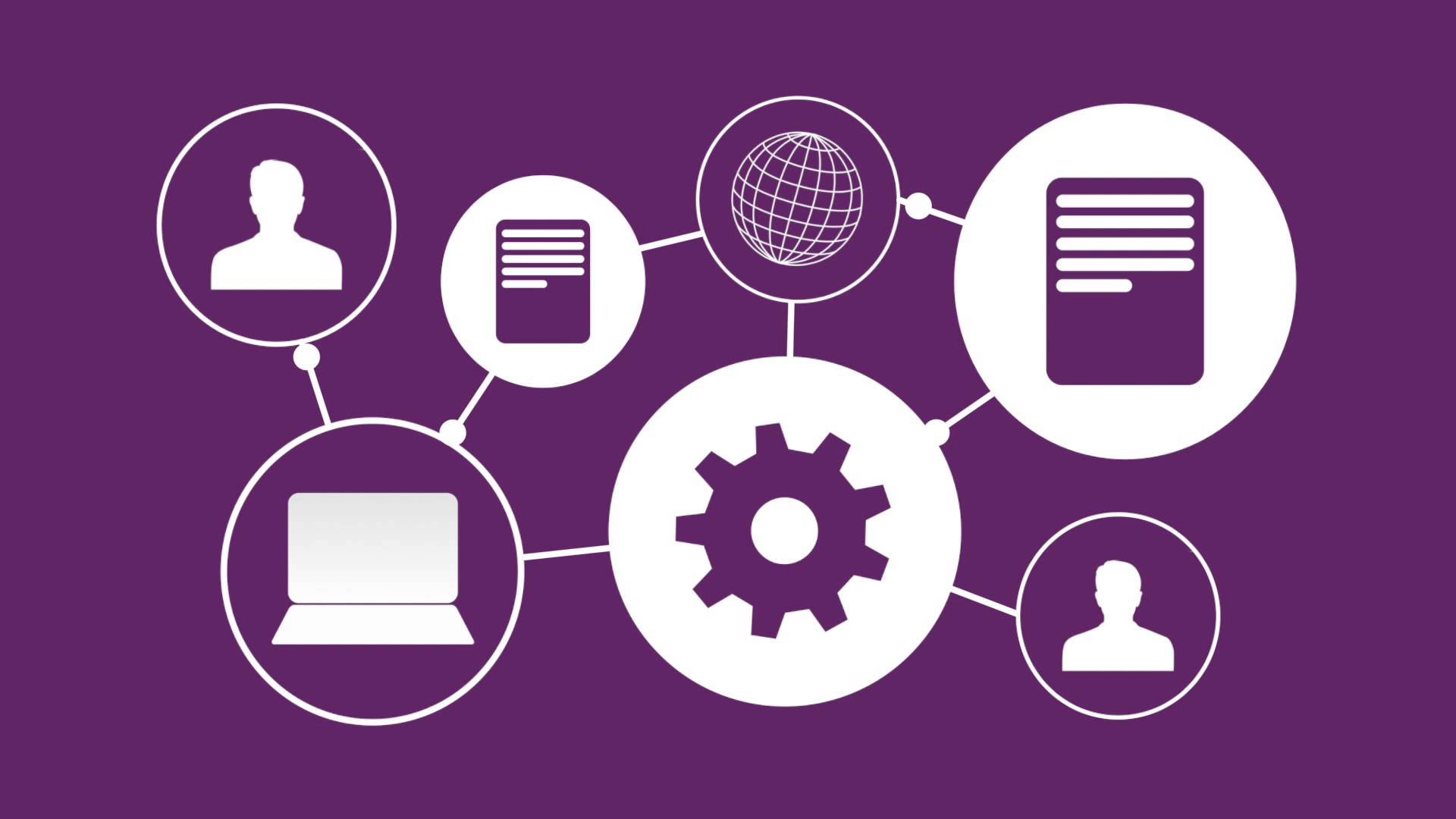
EDI involves five major processes. These are extracting data from a computer system, translating the data into a format that can be transmitted, transmitting it and translating/interpreting the message at the receiving end. However, prior to an EDI implementation, there are three major considerations that must be taken into account:
Standards
In order for any data to be transmitted, it has to be converted into data that can be read at the other end. These standards need to be decided in advance before an implementation. These govern everything from the barcode label to how to the names and addresses are described in the system.
Software
EDI management software takes care of the translation of the data. This is done to convert the data generated by the internal systems to the standards necessary for transmission. Some software will be able to directly transmit to trading partners without conversion.
Communication
This is the communication infrastructure that is used to transmit the data to the trading partners. There are various options available and they differ mostly in speed. For example, this can be done using discs or tapes, but that makes for the slowest transmission but the most secure or using EDI internet transmission for speed. The most popular method is to use a third party run value added network to connect to partners.